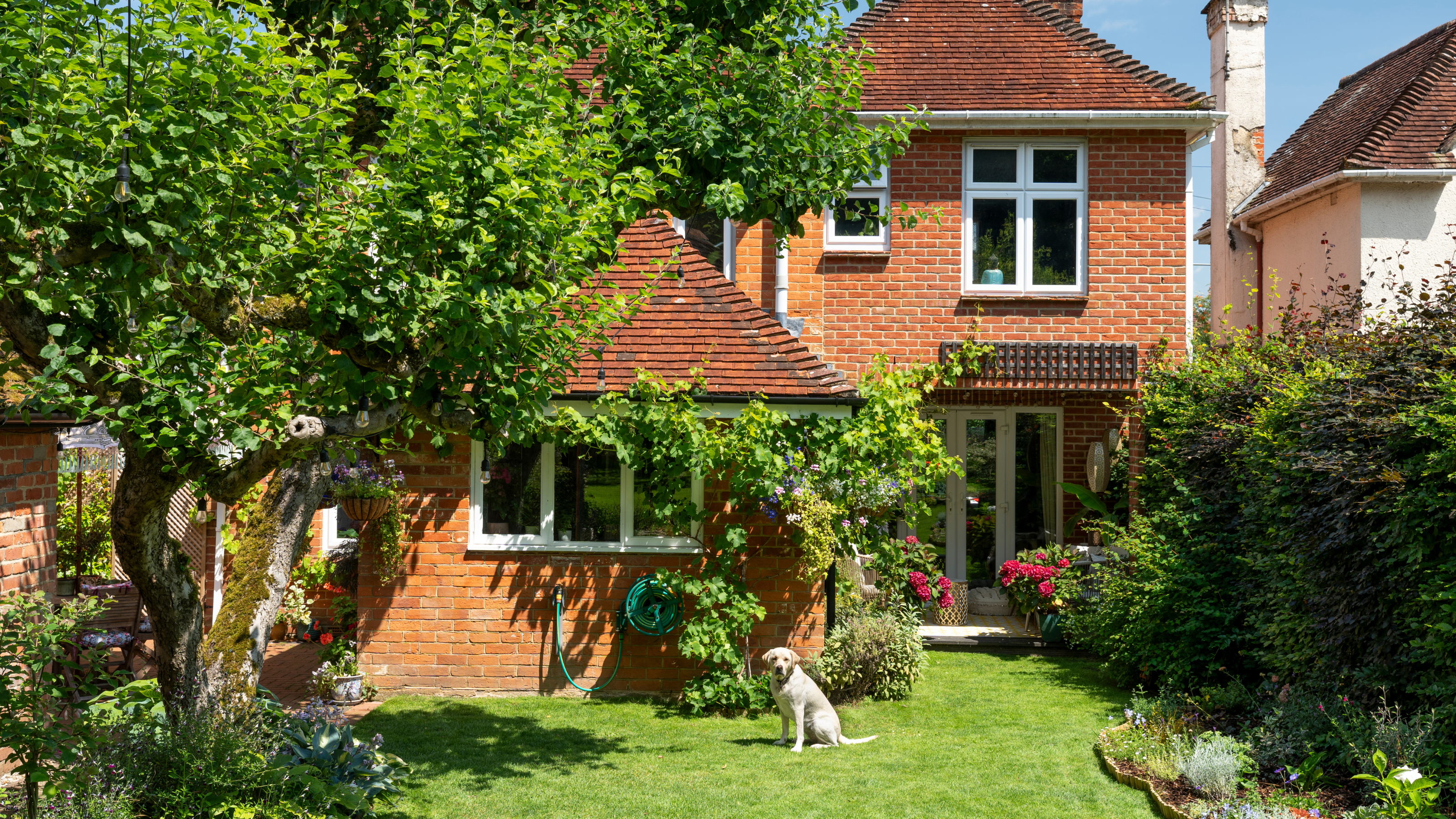5 invasive trees you should never plant in your garden, no matter how pretty they look – experts say they'll take over faster than you think
Thuggish and thoroughly tricky to keep on top of, these are the trees that experts urge gardeners to avoid planting


When you’re planning a garden, it’s easy to be tempted by fast-growing trees, bargain buys or something that “looks lovely” in a neighbour’s plot. But according to experts, there are some invasive trees you should never plant in your garden.
Yes, just as some trees will add value to your home, others can cause real, long-term problems, whether that’s choking out native plants or undermining your home’s foundations. So, if you’re trying to muddle out which trees to plant close to your house and which ones you shouldn't, here is a good place to start.
'“Many non-native plant species have become naturalised and invasive, which in turn outcompete native plants and cause havoc in native ecosystems, waterways and infrastructure,' says Morris Hankinson of Hopes Grove Nurseries

Morris Hankinson is the founder and managing director of Hopes Grove Nurseries Ltd, the UK’s only specialist grower-retailer of hedging plants. He established the thriving business in 1992, shortly after graduating with a Commercial Horticulture Degree from Writtle College, Essex.
‘It’s important to only plant trees and other plants that won’t become invasive in your garden and community,’ he adds. ‘In fact, it is illegal to plant some invasive plants, so always check the DEFRA website if you’re unsure.’
In the meantime, here are five invasive trees that experts suggest avoiding wherever possible…
1. Rhododendron ponticum
Once celebrated for its glossy evergreen foliage and big cottage-garden blooms, Rhododendron ponticum has now earned a notorious reputation as one of the more invasive trees. In fact, Morris says it’s become such a problem that 'it has been removed from most National Trust sites along with other woodlands across the country.'
The issue? Density. It forms vast, dark, impenetrable thickets that block sunlight, suppress ground flora and push out native species. It can also harbour harmful plant diseases like Phytophthora, making it a double threat. Yikes!
Sign up to our newsletter for style inspiration, real homes, project and garden advice and shopping know-how
If you want a safer alternative, try planting something like the Rhododendron 'Mother's Day' (Kurume) from Crocus; it also boasts glossy green leaves and bold, showy flowers, so it'll do the job nicely.
2. Leyland cypress

Leylandii isn’t technically invasive, but it causes enough garden misery to earn a place on this list (just ask JK Rowling, who earned that lesson the hard way!).
Christopher O'Donoghue, director of Gardens Revived, explains: 'It’s not technically classed as an invasive tree in the wild, but it grows very fast, gets very tall, casts a dense shade, and can be a nuisance to neighbours if you plant it thoughtlessly.'

A gardener with over a decade of experience under his belt, Christopher set up Gardens Revived with his brother, Andrew, in 2018 to create a thriving family business. He has since worked on residential gardens, listed buildings and gardens, award-winning RHS flower show gardens, and large estates with some exceeding 70 acres – many with historical significance.
'Opt for a slower-growing alternative if you don’t think you can keep up with trimming and pruning needs,' he adds, noting that a leylandii left unchecked can become a towering wall of green that blocks light, causes disputes and is extremely expensive to remove once mature.
Safer alternatives? Yew, privet, or this lush Carpinus betulus Chartreuse ('Carpsim') from Crocus.
3. Robinia pseudoacacia
Sometimes dubbed the false acacia, the delicate foliage and scented white flowers have made Robinia a popular choice for many gardens across the UK. According to Morris, though, its roots tell a different story.
'These are vigorous suckering trees that can potentially be invasive. They aren’t banned, but they can spread and easily take over if they are thriving in their environment,' he warns.
Once a Robinia is happy, removing its deep, wandering roots is extremely challenging. The result? A fast-spreading thicket where you wanted a decorative feature tree, so plant something like a hawthorn or small ornamental pears; we rate this Callery pear 'Chanticleer' from Crocus.
4. Bamboo

We've spoken a lot before about bamboo, and how it spreads aggressively via underground rhizomes. We can't stress this enough: those roots don’t respect fences, and they can push into lawns, patios, even under homes, creating serious structural issues in the process.
'Some species may need a root barrier. Many varieties of bamboo can easily creep into a neighbour’s garden and even into the home, lifting paving slabs and becoming really tricky to remove,' says Morris, who counts these strong woody canes (technically a grass) among the other invasive trees on the list.
It’s a high-maintenance choice best avoided, unless you’re planting a clumping, non-invasive type, or keeping your bamboo in a strong container where it belongs. Try something like Calamagrostis x acutiflora 'Karl Foerster' from Crocus if you want that same zen garden effect.
5. Buddleja davidii
It’s adored by pollinators and cottage-garden lovers alike, but buddleja has a wild side.
'I love a butterfly bush as much as the next person, especially as they’re loved by pollinators. However, be warned that these invasive trees, or shrubs technically, can self-seed prolifically can form dense stands that outperform other native plants.'
If you do plant it, he advises you to opt for a seed-sterile cultivar. 'Otherwise keep it well contained and deadhead regularly!'
On the other hand, you can get that same striking effect from one of the purple lilacs at Ornamental Trees.
FAQs
Which trees have the most invasive roots in the UK?
Willow trees are famed for having the most invasive roots, as they tend to spread very widely in their aggressive search for water. Sycamore and poplar, too, can be thuggish and damaging, so be sure to add all three of these to your list of invasive trees never to be planted in your own garden.
Which tree should not be planted close to a house?
Cypress and eucalyptus trees are very thirsty, and as such should never be planted close to a house; their roots can draw too much water from the soil, causing stability and foundation issues over time.
And just like that, you have a list of invasive trees that you should always adhere to when planning your garden. Trust us; it's not worth the hassle...

Kayleigh Dray became Ideal Home’s Acting Content Editor in the spring of 2023, and is very excited to get to work. She joins the team after a decade-long career working as a journalist and editor across a number of leading lifestyle brands, both in-house and as a freelancer.
You must confirm your public display name before commenting
Please logout and then login again, you will then be prompted to enter your display name.